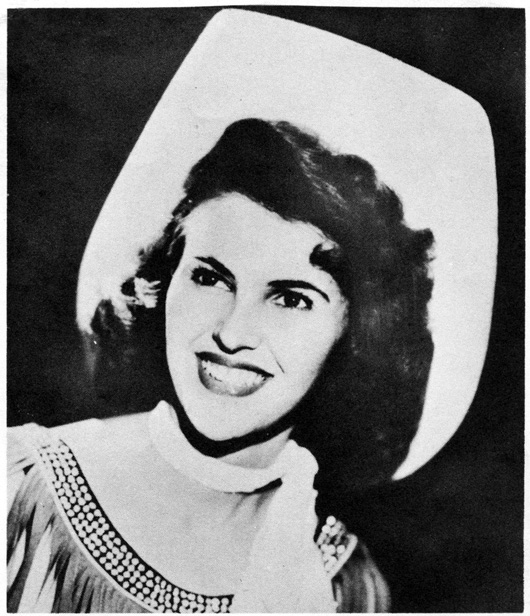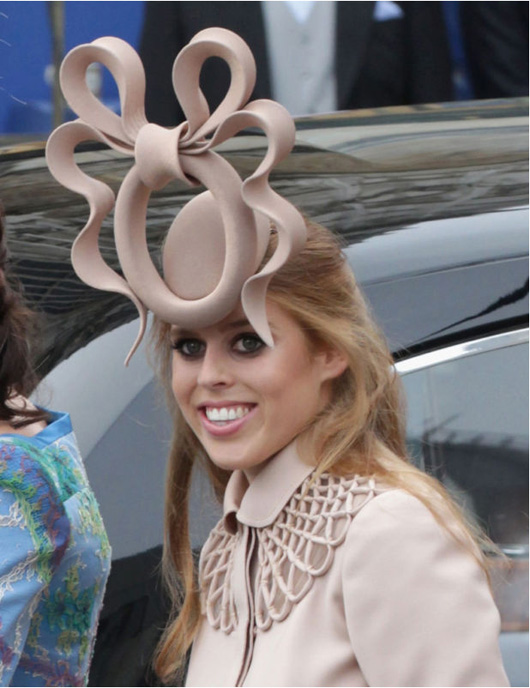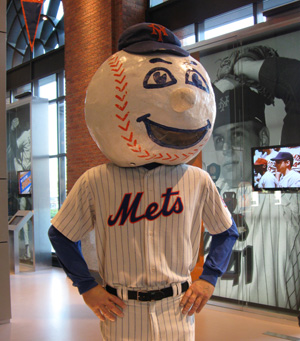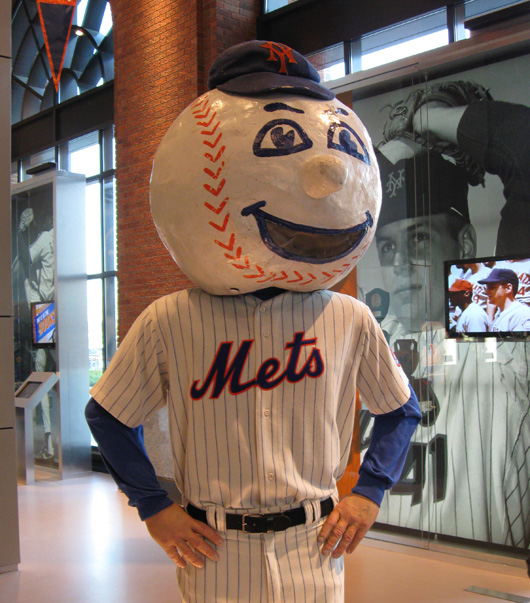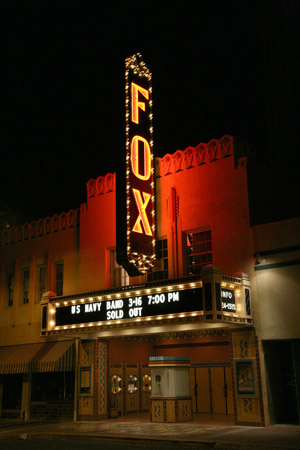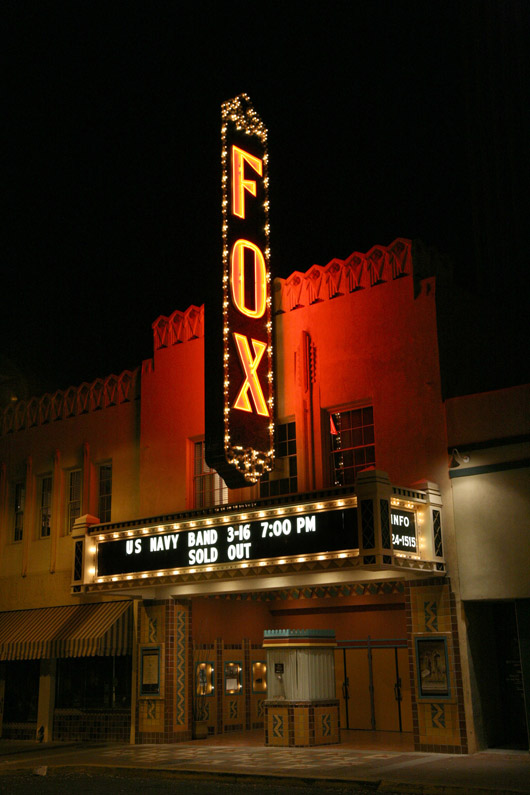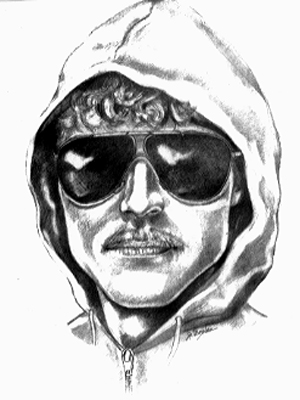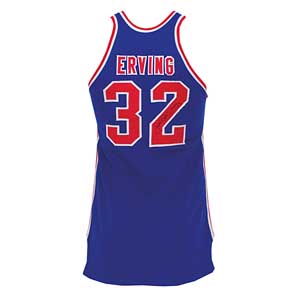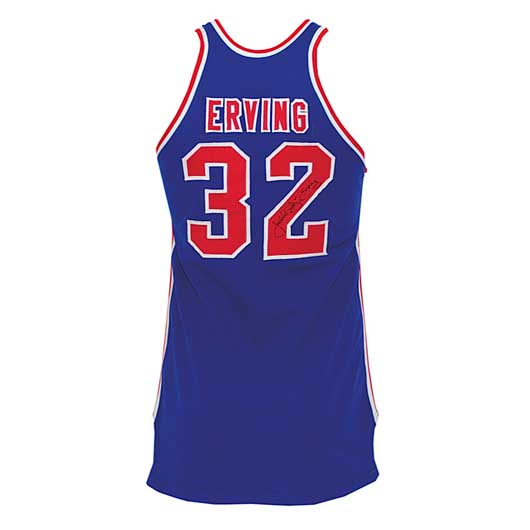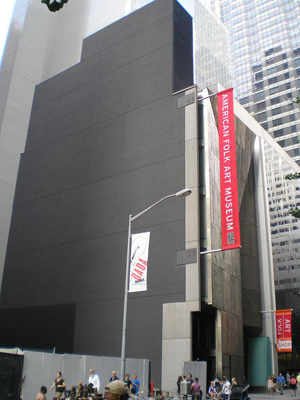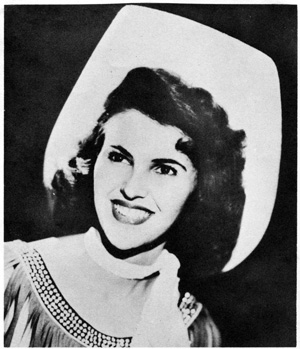
By then, Presley was already gyrating his way to superstardom. But Jackson – called the “queen of rockabilly” for her gritty, feisty performances – couldn’t even get her songs played on the radio.
“It’s like they just got their heads together and said, ‘We will not help this girl do it,’” the 73-year-old Jackson recalls. “They just wouldn’t play my records if it was the rock stuff. So it didn’t take long before I was putting a country song on one side of a record and a rock song on the other.”
Jackson’s old acoustic guitar will be featured at a new exhibit dedicated to female artists that opens Friday at the Rock and Roll Hall of Fame in downtown Cleveland. “Women Who Rock: Vision, Passion, Power” chronicles the pioneering role of women in rock ‘n’ roll, from Ma Rainey and Bessie Smith to Bikini Kill and Lady GaGa.
The hall of fame had toyed with the idea of opening such an exhibit for years, and it gained traction after Cyndi Lauper paid a visit last year and watched a film about the roots of rock, said Jim Henke, vice president of exhibitions and curatorial affairs.
“She thought it was too male-dominated,” Henke says, “and she wondered where the female artists were.”
Museum officials say just about 9 percent of its inductees are women – a reflection of the rock industry, which was a macho culture at its core, says Glenn Altschuler, a Cornell University professor who wrote the book All Shook Up: How Rock n’ Roll Changed America.
“Women were the subjects of songs,” Altschuler says. “They were the objects of affection. But they appeared in the audience and not on the stage.”
There weren’t many role models for women who wanted to make it big in the early years, says Shirley Alston Reeves, a member of the hit 1960s girl group The Shirelles.
“You know, somebody has to break the ice,” Reeves says. “We wanted to do it because we enjoyed the male groups and the harmonies, and we thought it would be a good idea.”
Darlene Love, who is considered to be one of the greatest background singers of all time, says many women sang backup vocals because the prevailing belief was that they ought to stay in the background. At the peak of her career, Love sang on records for the likes of The Beach Boys, Frank Sinatra and Luther Vandross.
“Women are the backbone of rock,” she says. “If you listen to every record that has probably been recorded in the last 60, 70 years, there are women in the background, not men.”
Gender discrimination was still alive and well in the 1970s, when some radio stations would not allow deejays to play two singles by female artists in a row. And for women such as Nancy and Ann Wilson, who were just beginning to form a their rock band called Heart, there were industry assumptions about who they were supposed to be as artists.
“You can’t be aggressive, you know – you have to be a little shy, retiring female,” says Ann Wilson, who some critics say is one of the best rock singers in music. “Well, you know, that doesn’t fly with us.”
Since rock was “invented by men to get girls,” as Wilson puts it, female artists struggled to mold the industry in their own image.
“Just because we’re female, we don’t necessarily think we have to come out dressed as porn stars,” she says. “There’s more than one way that it can be. You have choices.”
The museum exhibit itself is an exercise in contrasts. There’s the gold bustier Madonna wore during her “Blond Ambition” tour and handwritten lyrics from Joni Mitchell’s first album. There’s Bonnie Raitt’s dobro guitar and a Mickey Mouse Club jacket worn by Christina Aguilera. There’s the nude rhinestone outfit that Britney Spears famously revealed at MTV’s Video Music Awards in 2000 and Stevie Nicks’ handwritten lyrics to Stand Back. Oh, and let’s not forget Lady GaGa’s infamous “meat dress,” which is also on display.
Visitors can watch a short story about how women in rock have shaped music, and the museum will host educational programming throughout the year highlighting the history of female recording artists. On Friday, Jackson and Lauper will headline the museum’s annual benefit concert.
It is a triumphant moment for Jackson, who is enjoying the most success she can remember as she tours the country performing with Jack White, formerly of The White Stripes, promoting the new album they recorded together.
“The new fans of our little simple ’50s rock music, they have gone back and found all these songs and sing along with me,” Jackson says, “And I thought, ‘Man, this is what I wanted in the ’50s and ’60s but never had that opportunity. So I’m certainly enjoying it big-time now.”
Some artists, though, are not so sure that times have changed as much as they’d like. The industry still pressures female artists to play up their sexuality because that’s what sells, says Liz Phair, who is most lauded for her 1993 album, Exile in Guyville. The pressure was so intense, Phair says, that she felt she had been stuffed into a “little typical box” and tried to turn the exploitation on its head.
But she has since learned to coexist with the status quo.
“There was a moment when the cool girls were kicking ass and taking names,” Phair says. “And right now it’s the hot girl. I’m happy, personally, as long as our numbers are up.”
Copyright 2011 Associated Press. All rights reserved. This material may not be published, broadcast, rewritten, or redistributed.
AP-WF-05-12-11 1907GMT
ADDITIONAL IMAGE OF NOTE
